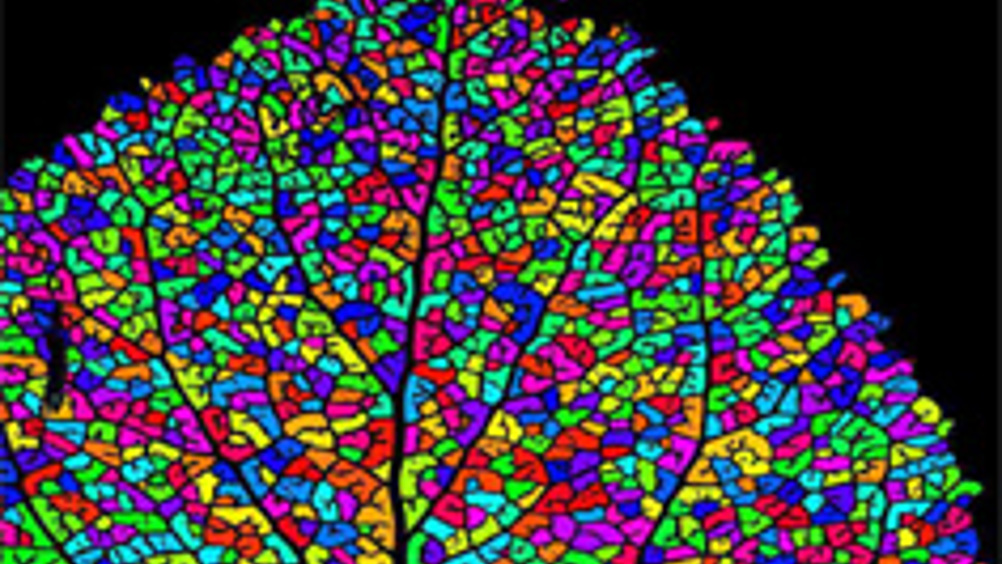Leaf veins inspire self-replenishing organic solar cell design
Vascular channels that circulate nutrients in leaves have inspired the development of microchannel solar cells.

In a new paper, North Carolina State University researchers Orlin Velev and Hyung-Jun Koo show that creating solar cell devices with channels that mimic organic vascular systems can effectively reinvigorate solar cells whose performance deteriorates due to degradation by the sun’s ultraviolet rays.
Solar cells based on organic systems hold the potential to be less expensive and more environmentally friendly than silicon-based solar cells, the current industry standard.
The design of NC State’s regenerative solar cell mimics nature by use of microfluidic channels.
The devices are a type of dye-sensitized solar cells (DSSCs), composed of a water-based gel core, electrodes, and light-sensitive, organic dye molecules that capture light and generate electric current.
However, the dye molecules that get excited by the sun’s rays to produce electricity eventually degrade and lose efficiency, Velev said in a statement, and need to be replenished to reboot the device’s effectiveness in harnessing the power of the sun.
Register now to continue reading
Thanks for visiting The Engineer. You’ve now reached your monthly limit of news stories. Register for free to unlock unlimited access to all of our news coverage, as well as premium content including opinion, in-depth features and special reports.
Benefits of registering
-
In-depth insights and coverage of key emerging trends
-
Unrestricted access to special reports throughout the year
-
Daily technology news delivered straight to your inbox










UK Enters ‘Golden Age of Nuclear’
The delay (nearly 8 years) in getting approval for the Rolls-Royce SMR is most worrying. Signifies a torpid and expensive system that is quite onerous...